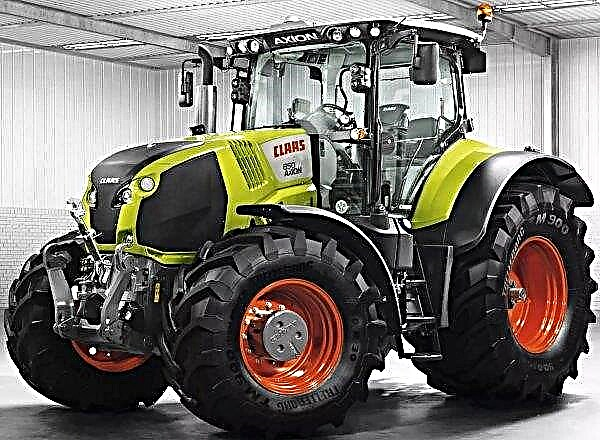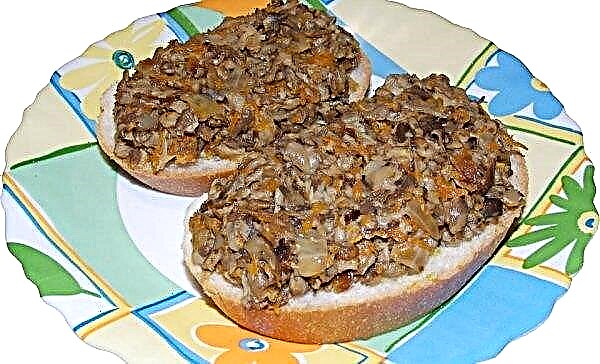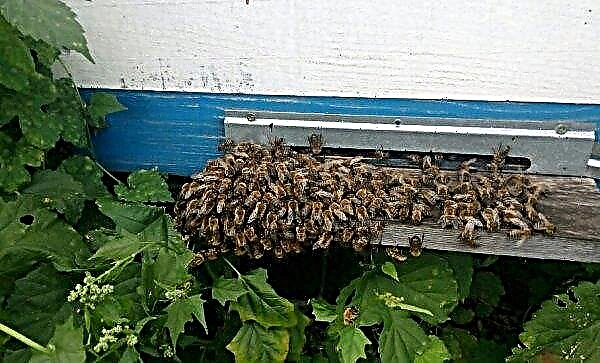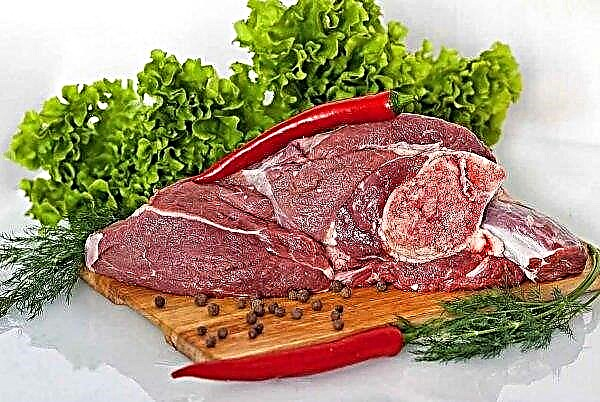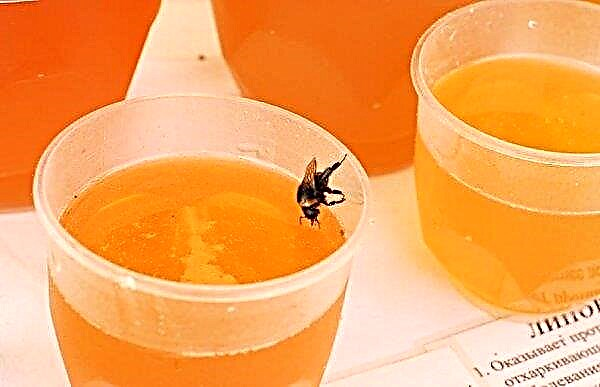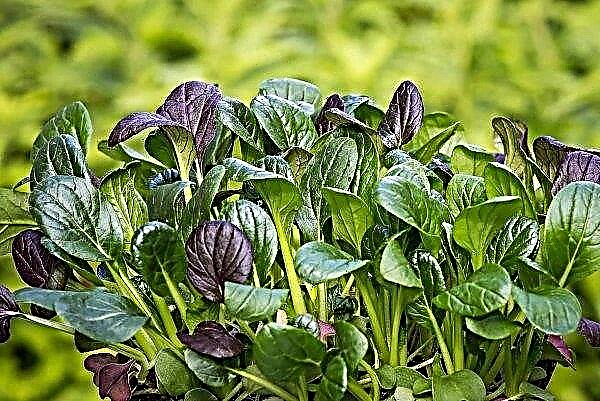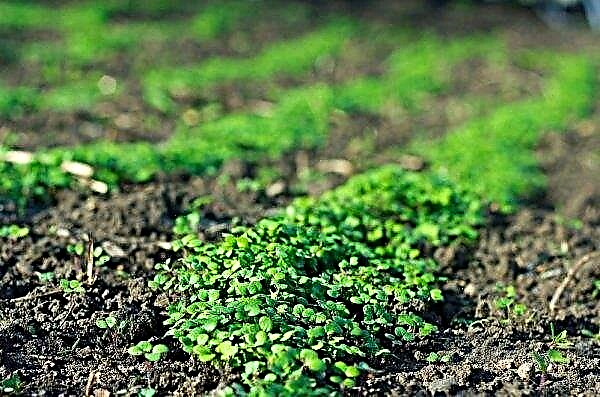Pasynkovka is an important step in caring for many garden crops, especially when it comes to tall specimens. Despite the fact that not all eggplant varieties can be called such, this procedure is also relevant for them, but you will now learn how to perform it in open and closed soil types.
Do eggplant stepchildren
Opinions of gardeners on the appropriateness of pinching eggplants often differ, but to make sure of its importance, you only need to learn more about the nuances and features of such an event. The presence of a large number of stepsons will slow down the growth of absolutely any plant, which means that the ripening of the fruits will be delayed.
The lateral processes by any means try to take their place among the foliage on the main stem, so if you do not remove them in time, the eggplant will turn into a fluffy plant from a normal, moderate bush without the normal formation of fruit ovaries (they will begin to fall off and fail to form normally). Simply put, the cultural and most fruitful varieties just need pinching, otherwise they will not be able to get a full and high-quality crop.Important! Eating overripe eggplant fruits can be dangerous to human health, because they contain an increased amount of the harmful alkaloid of solanine. When it enters the body, vomiting, nausea, diarrhea and intestinal colic can occur, which are often supplemented by shortness of breath, convulsions and even clouding of the mind.
When to start the procedure
Most often, the first removal of excess shoots on eggplant is performed 3-4 weeks after transplanting seedlings to a constant place of growth. At this point, strong roots should already have formed on the plants, and it already manages to take root in the new environmental conditions.
At the same time, active growth is not yet discussed, so any intervention at this stage will not be so traumatic. As for the specific time of the procedure, it is better that it is a dry day without precipitation, since increased humidity or other unfavorable factors can provoke the development of infection in the places of cut.
In addition, when planning the procedure, it is worth transferring it to the morning hours, so that the wound can heal well by the cold evening.
How to plant eggplant properly: a diagram
There are several ways to pinch eggplant. Each of them has its advantages and disadvantages, but which one to choose, you decide on the basis of the selected variety and place of cultivation.

In one stalk
The formation of a plant in one stem is suitable for those eggplants that are planted in small greenhouses, with limited space for further growth.
Pasynkovanie plants in this case leads to large fruits, so experienced gardeners adhere to the following pruning rules:
- After the plant reaches 30 cm, you need to remove all excess leaves and stepsons, right up to the fork (for the first ovary, usually only one leaf is left).
- If several shoots have already formed on the eggplant bush, then only the strongest one needs to be selected from them, and the rest should be completely removed.
- It is advisable to remove excess parts of the plant every week until they begin to draw energy from other, more important shoots. The leaf next to the first ovary is removed shortly after the start of its active growth.
- About a month before the onset of cold weather, you need to remove the flowers and the top, and with them small ovaries that do not have time to ripen and begin to interfere with the formation of large fruits. This option is also suitable for weak plants with a thin stem part, because it can break under the weight of heavy fruits.
In addition to the extra lateral processes (stepsons), do not forget to remove dried corollas from the plant, which, with increased humidity, can cause eggplant to rot.
In two stems
The formation of two-stem eggplant bushes is suitable for medium and low plants, because thanks to this pruning, you can guarantee the full development and optimal formation of fruit ovaries.

Perform this procedure in the following order:
- When the plant reaches a height of 30 cm, you need to remove its growth point.
- Among all the wildly growing shoots, only 2–5 of the strongest are left, and the rest are removed by secateurs or broken off manually (some gardeners consider this option more appropriate).
- Along with the actions taken, it is necessary to regularly remove all shoots located below the first ovary, and on each left shoot it is necessary to remove the extra ovaries. If you need only large fruits, then no more than 5-6 ovaries should remain on one plant, while in the usual formation they can be up to 20.
- As the fruit grows, you need to remove excess and diseased leaf plates, however, if the seedlings grow weak, then the number of shoots should be large.
Important! In arid regions of cultivation, it is better not to touch the lower leaves and shoots, which will protect the root system from drying out.
In three stems
Removing extra shoots to form three or more stems on one bush of eggplant is performed according to the same rules as the previous version, but with some features. Pinch the top of the plant at a height of 30–35 cm.

To start the formation of the bush, two strong and dense shoots are selected, removing all the others:
- After about 2 weeks, when the formation of skeletal branches begins, one or two stepson are left on the stems, and the rest are pinched after the second leaf (the ovary for the formation of fruits is preserved).
- At the next fork, the whole process is repeated, and again only one escape remains. Thus, it is possible to fully form the crown of the bush and create all conditions for the further development of the fruit.
- All sterile shoots, damaged branches and other parts of eggplant must be removed throughout the season, and a month before the expected harvest, pinch the shoot growth points. The cessation of the development of culture activates the redistribution of nutrients and their concentration in places of fruit development.
The formation of eggplant in 3 stems will be appropriate for free planting or lack of seedlings for optimal filling of the designated area. In heavily thickened territories, this method is better not to use, so as not to contribute to even greater shading and chopping of the fruit.
When you can not do it
Despite the recommended procedure for pinching eggplant, there are situations when this is not required. For example, when growing undersized varieties of excessive thickening of plantings, you can not be afraid, since the bush will not form excess greens. You do not have to worry about pinching when growing eggplants in open soil in large, bright areas of the garden. With severe drought, the leaves of the plant will form a kind of shield that protects the substrate from excessive drying. Moreover, in open space the leaf mass does not grow so fast, so the bush will not be able to overgrow strongly.
You do not have to worry about pinching when growing eggplants in open soil in large, bright areas of the garden. With severe drought, the leaves of the plant will form a kind of shield that protects the substrate from excessive drying. Moreover, in open space the leaf mass does not grow so fast, so the bush will not be able to overgrow strongly.
Sometimes the eggplant herding procedure is abandoned even when the stalks of the crop look thick and firm, with dense and healthy stepsons leaving them. All of them indicate a sufficient amount of nutrients inside the bush and the absence of the need for their redistribution.
Did you know? The most useful are the elongated eggplant fruits of blue-black color with a shiny surface. Typically, such varieties have a limited number of seeds, which can be considered as an additional advantage of the plant.
Useful tips and common mistakes
In order not to be mistaken in the need to perform the procedure and to pinch the eggplant exactly as it should, it is advisable to remove excess shoots only after a preliminary examination of the culture: with a small number of small shoots and their sufficient elasticity, you can wait a while.
If the plant really needs pruning, then you should pay attention to the following recommendations:
- The stepsoning of bushes in general and lower shoots in particular should be carried out in conditions of moderate humidity: in this case, the plant will not suffer from overmoistening, but will not dry out due to lack of moisture.
- Pinching the top of the main shoot and removing the extra lower leaves are mandatory when performing any kind of pinching, so it is from them that you need to start forming a bush.
- With a large number of leaves and a limited luminous flux, some leaf plates will have to be removed so that the fruits are well lit by sunlight. The stem below the bifurcation line should be regularly cleaned of leaves and stepsons, just like removing flowers that appeared at the place of pinching.
- You can perform pinching only with a sprout length of not more than 5 cm, and if the shoot for some reason exceeded this value, then if the bush is not strong enough, it will have to be left in place so as not to injure the culture.

Understanding whether to eggplant eggplant and how to do it correctly in a greenhouse or in open ground, you may well encounter the following, most often erroneous opinions, of other summer residents:
- Absolutely all eggplant bushes can be left in their natural form. This statement is only partially true, as it relates to undersized varieties. In the case of medium-tall and tall crops, it will not be possible to do without pinching, otherwise all nutrients will not be directed to the formation of fruits, but to support the vital activity of a huge bush.
- Pinching the shoots can disrupt the natural development of eggplant, so it is better to do without this procedure. For the most part, this is indeed true, since any pruning can be considered a violation of the natural process of growth and development of culture. However, the possibility of mechanical damage cannot be ruled out without such intervention, therefore, given the increase in the abundance and quality of the crop, it is still worth the risk.
- Closer to the top of the bush, the number of ovaries needs to be reduced, so that strong and juicy fruits are formed in the middle part. In fact, it is in the apical part that the number of ovaries should be increased, since most of the high-quality fruits will be formed here.
- The lower, basal part of the stem part of the plant (located before the first fork) does not need to form or remove leaves on it. This is a fairly common mistake that can cause extremely unpleasant consequences: the nutrients coming from the root system linger on the lower tiers and do not reach the apical shoots, which means that the formation of large fruits on them will be impossible.
Did you know? Eggplant stimulates the blood flow of a person and can be used as a dietary product for anemia and diabetes. In addition, the plant will be no less useful for people suffering from atherosclerosis and problems with urination.
As you can see, eggplant herding is really a very important and responsible process, which will be appropriate in almost any case. Depending on the cultivated variety, you can choose the most convenient scheme for forming a bush, but at the same time you still have to carefully study the rules for pruning extra shoots so that in no case harm the plant.

